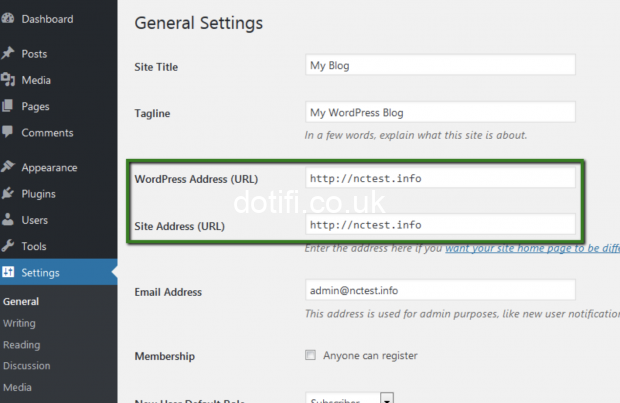
Search engine optimization, or SEO, is a must for getting traffic to your blog or website. Making a new site search friendly can be a challenge, though—especially for those without a lot of web development experience. But WordPress offers users a number of easy ways to improve a website’s searchability by adjusting the general settings available right in the site’s WordPress dashboard. Read on to learn how Bluehost SEO tools can help your website gain more traffic.
SEO Matters on Every Level
The exact algorithms that drive major search engines are opaque and constantly changing, but it’s clear that many elements play a role in helping search engines, such as Google index and rank a website, so that searchers can quickly locate the content they want. These include keyword options, various types of links, and the amount and quality content featured on the site.
These basic SEO strategies help build any website’s visibility and authority so that it can rise higher in a search engine’s rankings and reach the eyes of potential visitors. But sites built with WordPress come natively equipped with a set of SEO friendly options for optimizing site pages to help increase search engine visibility.
WordPress site owners can adjust a site’s search visibility, create searchable permalinks for each post, choose the way a domain name appears, add in a meta description and focus keyword for each blog post, and much more—all from the site’s user-friendly WordPress dashboard. And, for additional functions that the Settings panel just can’t handle, the basic WordPress platform also includes a long list of powerful plugins for optimizing posts, pages, and other content for organic search.
WordPress SEO Settings
WordPress was originally designed for online publishing, so it’s inherently SEO friendly, with a substantial set of built-in tools for managing WordPress SEO Settings easily and quickly from the Settings menu on the site’s Admin dashboard. These tools are generally used to allow users to manage various aspects of a site’s appearance and functions, but they can also be used to boost its search visibility. From the Settings menu, multiple aspects of the site such as Reading, Writing, and Appearance can be customized and optimized for SEO with no need to access WordPress site files or to know any coding at all.
Setting Site Title and Tagline
WordPress themes come with the option to customize the site’s title and tagline within the Settings>Appearance panel. Use these WordPress SEO Settings to add a focus keyword tagline and title for the site. These elements can be indexed by search engines and help boost a site’s visibility.
Managing Visibility Settings
In some cases, you might not want your site to be visible to search engines, such as when it’s still under construction or undergoing a makeover. But forgetting to uncheck the visibility settings means the site will remain invisible. From Settings, select Reading to access the “search engine visibility” option and make sure that it is unchecked in order to allow search crawlers to access it.
Customizing Permalinks
Each post and page on a WordPress site has a custom URL, but the default one consists of a collection of numbers and isn’t particularly search-friendly. From Settings, select WordPress Permalinks to create a custom permalink structure that includes keywords from any blog post or page title. Permalinks can also be edited from the text editor for both posts and pages.
Setting Up the Web Address
In earlier days, every web address began with “www.” Now, that isn’t necessarily so, but many people still search for websites using this prefix, so having it as part of the website name could improve the site’s visibility in search. SEO settings in WordPress allow users to choose whether their domain will display with or without the www. From Settings, choose Web Address and select the way the site name will appear everywhere on the internet.
Setting Image Data for Search
Though it isn’t directly accessed from the site dashboard’s Settings options, WordPress image settings also provide opportunities for optimizing a site for SEO. When an image is selected for adding to a post or page, users are given the option to add a title or caption, or “alt” text—a short description of the image. Customizing these settings presents more opportunities to add searchable keywords that can be accessed by search crawlers.
Add More Functions With Plugins
The native WordPress SEO settings provide a number of ways to optimize a site for search engine visibility, but more advanced help is also available from one of the many SEO-related plugins offered by WordPress and a variety of third-party developers. Popular plugins such as All in One SEO Pack and Yoast SEO plugin add more customizable settings to the WordPress dashboard, with options for analyzing new posts and pages for optimal keywords and generating metadata based on the content. Yoast SEO plugin and a variety of other plugins can be installed from the WordPress plugin directory, and their settings become available from the dashboard as well.
WordPress was designed with search visibility in mind, and its developers work hard to ensure that its code follows SEO best practices. For that reason, WordPress hosting includes a robust set of SEO tools that can be used by users of all skill and experience levels right from a site’s admin dashboard. With additional specialized SEO functions provided by its many plugins, you can easily implement SEO strategies for optimizing a site and its content for maximum visibility and searchability.


